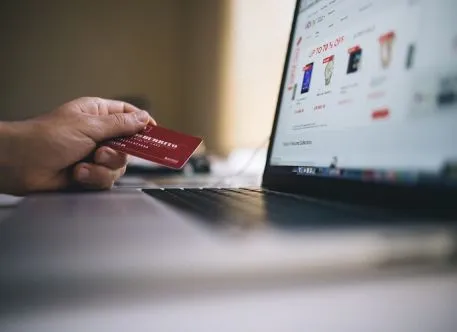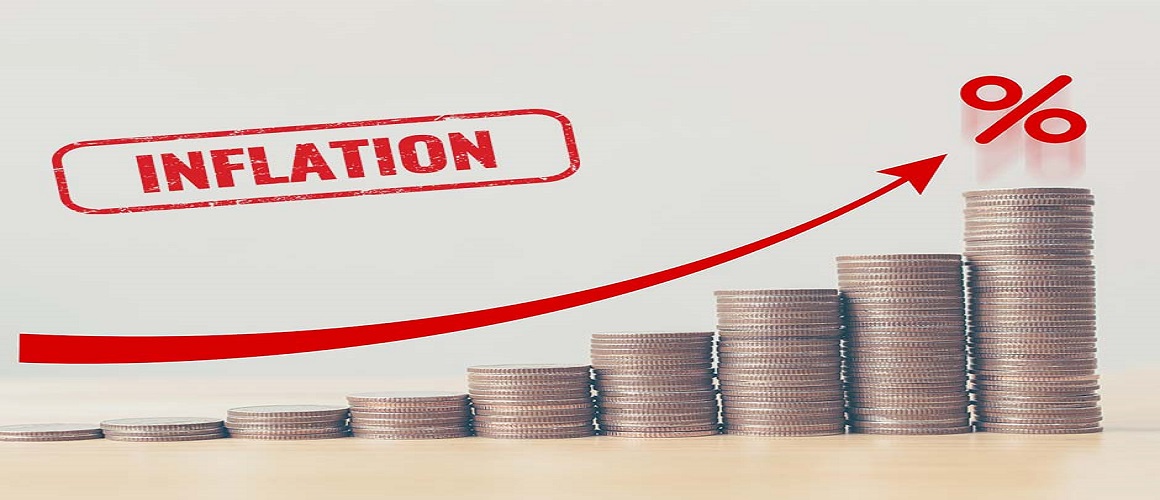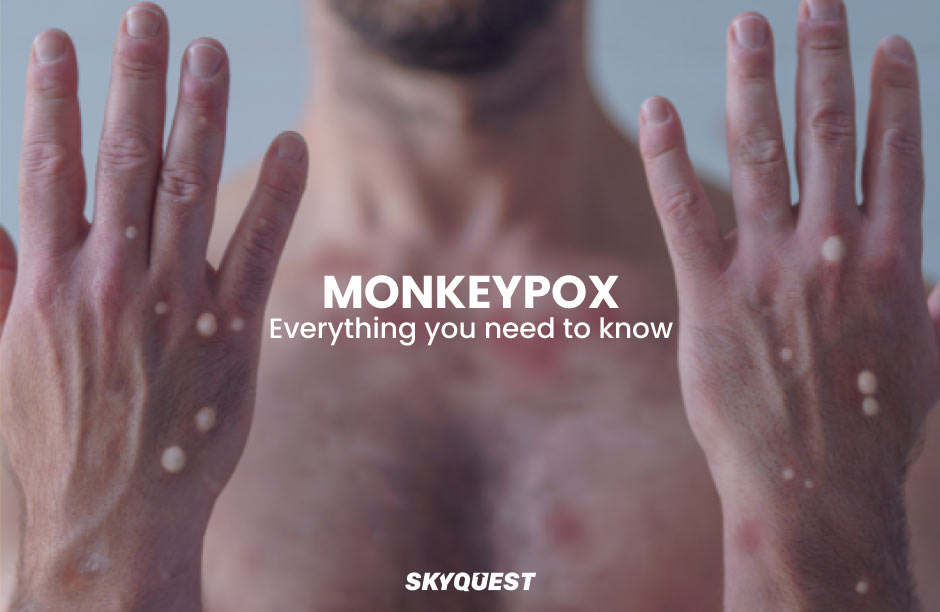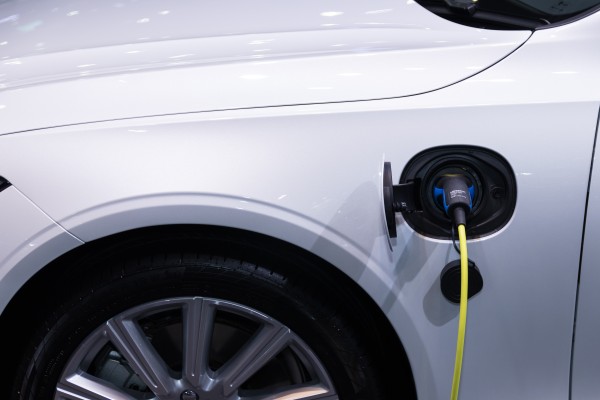How is D2C changing the game of e-commerce and purchase behavior across the world?
by Vishal
5 min read

How does the statistics of the rising D2C looks like?
As per the recent consulting reports and Skyquest analysis, E-commerce has been one of the fastest-growing industries in recent years, with a consistent development trajectory that is predicted to make it the world's second biggest market by 2034.
The direct-to-consumer (D2C) industry, which accounts for the majority of this, has experienced double-digit growth in recent years. The COVID-19 epidemic may have brought hardship to many industries, but it only boosted this sector's growth by causing a rapid shift in consumer behaviour and forcing businesses to re-evaluate their business strategy in order to better serve their consumers.
By the end of 2022, the worldwide ecommerce industry is estimated to reach $5.55 trillion. This figure is expected to rise in the future years, indicating that borderless ecommerce is becoming a viable business model for online businesses.
Only 17.8% of sales were earned via internet transactions two years ago. By the end of 2022, that percentage is predicted to rise to 21%, representing a 17.9% gain in ecommerce market share in only two years. Growth is predicted to continue, with a target of 24.5% by 2025, a 6.7% gain in only five years.
A lot of regions across the globe are already witnessing the change in the buying patterns. For example:
- By 2023, Asia-Pacific retail ecommerce sales are expected to surpass those of the rest of the globe.
- India's D2C business gained a market revenue of US $44 billion in 2021, which is a substantial increase from US $33 billion in fiscal year 2020. Despite the fact that the D2C segment is expected to be worth US $100 billion by 2025, the growing fundraising rounds and brand valuations now and so indicate that investors are highly positive on it.
Top D2C Brands in India, 2021

Direct-to-consumer (D2C) market size in India in 2025, by type of industry (US $)
%20market%20size%20in%20India%20in%202025,%20by%20type%20of%20industry%20(US%20$)2.jpg)
- In the United Kingdom, manufacturing sales are increasing thanks to direct selling. British manufacturers earned 96 billion British pounds in D2C sales in 2020. In the following three years, the sales value is expected to climb by 25%, reaching 120 billion pounds in 2023.
- Before the pandemic hit the world, online grocery sales were increasing, but they still only accounted for 3.7% of total country’s food and beverage sales in 2021. The health and beauty business had a low eCommerce penetration rate (13%) with Amazon accounting for 44.3% of all online sales in the United States.
Direct-To-Consumer (D2C) E-Commerce Sales in The United States, 2019-2023 ($ Bn)
%20E-Commerce%20Sales%20in%20The%20United%20States,%202019-2023%20($%20Bn)3.jpg)
In March 2020, when the world was struck by a pandemic, e-commerce became the backbone of the retail ecosystem worldwide. With the massive push of the digital economy, which has supported the expansion of D2C businesses, the retail industry started to undergo drastic shifts across every function and sub-segment.
To get Free sample report on the above market Click Here
Is there something extra which is attracting the consumers to D2C?
According to research conducted by Skyquestt, 78% of D2C firms have boosted their marketing expenditure, whereas just 60% of conventional retailers have done so.
The consumer-brand connection has also evolved during the last several years. Over a third of customers said they have purchased directly from a manufacturer's website in the previous year, and 55% said they prefer to buy directly from a brand over a multi-brand shop.
Taking the example of India which is one of the fastest growing nations in terms of D2C, as of now, there are already over 800 digital-first and D2C firms operating currently, which are giving a massive competition to the established FMCG companies to reinvent themselves in order to remain relevant.
But the question is why has the D2C business picked up all of a sudden so much so that it is being preferred over the established FMCG brands and how is it different?
According to Skyquest analysis:
- If it means having a better purchasing experience, 61% of consumers are eager to share more information with the respective brands.
- Within 24 hours of first interaction with the brand, 54% of consumers anticipate receiving a personalised discount and also successfully use it
- A customised experience through the brand's multiple digital channels is considered essential by 51% of consumers.
- According to 26% of consumers, a better payment gateway's security and user experience, makes D2C shopping more convenient.
- Having the option of same-day delivery becomes a critical purchase choice for at least 22% of buyers.
Fashion and Electronics firms have pulled up their sleeves to win in the game
While fashion and electronics firms have traditionally dominated, personal and beauty care D2C brands are now following suit in the race to conquer the D2C market. Also, in the food and beverage market, changing consumer preferences for specialised diets (such as vegan), types of foods (such as organic), and other factors have allowed D2C brands to create niche-specific products or services.
The majority of consumer decisions are made via digital channels. Even the most basic household necessities, which used to be a hasty selection in the store, are now the topic of consumer research.
The fact that digital is leading the way for CPG brands is supported by a number of significant statistics. According to Skyquest, more than 60% of buyers did an online product research before visiting a store in 2021. In 2021, Retail e-commerce sales were accounted to US $4,938 billion, which were up from US $4,248 billion in 2020.

Distribution and Media Plan
While the FMCG behemoths figure out how to change the traditional retail area for customer attention, a slew of digital-first businesses has emerged, each with a solid business plan for building a closer relationship with younger millennials in less time.
FMCG Distribution Plan
The retail shop is still the principal avenue for established companies. This is a many-to-one approach, customers bear the expense of travelling to the shop to make a purchase. The D2C model reverses this relationship: a single principal outlet is replaced with fragmented demand fulfilment and near-endless customer choice, forcing the corporation to bear the expense of delivering the goods the last mile to the purchasers.
The percentage of sales made online, and the margin have an inverse connection; as ecommerce penetration grows, margins decline. While it is undeniable that digital may generate money, profitability is a very other story.
Challenges such as supply-side pressures, ever-changing consumer expectations, limited visibility of consumer data, and so on are failing traditional FMCG companies to deliver a personalised buying experience, which is something that D2C brands are banking on heavily. Brands are going above and beyond by providing customers with custom-made products which are exclusively tailored to their needs.
To get Free sample report copy of this Industry Click Here
FMCG Media Plan
When the consumers expect brands to cater to their individual needs with personal attention; the opportunity that D2C brands are successfully executing by providing a rich consumer experience but is something that the FMCG players are missing out on.
What makes a D2C business different and one step ahead from the traditional FMCG ones is also a method allows these D2C brands to track consumer touchpoints and feedback in real time, thereby providing them with a unified view of the customer across platforms.
And, by reaching consumers with the most relevant and tailored messaging, services, goods, and offers at scale, marketers are employing data-driven technology to develop a one-on-one relationship with their customers. With cheaper marketing costs and higher profits, D2C brands have gained a competitive advantage in terms of increasing consumer acquisition and loyalty.
Furthermore, D2C firms are not only focusing on native channels, but are also leveraging established e-commerce platforms to get deeper into the respective marketplaces. As a result, traditional FMCG businesses' competitive advantage over D2C brands in terms of scalability and channel availability is steadily eroding, particularly as E-commerce expands. Furthermore, current statistics show that traditional media and offline retail consumption specifically after the pandemic, in particular sectors, is dropping at alarming rates.
Will D2C keep on winning the game?
By employing innovative marketing methods and adopting different market positioning, new entrants to the CPG industry have built value for themselves among digital natives.
They are winning the game by investing substantially in market research, customer behaviour, advertising, promotions, and innovation, as well as employing methods like focusing on search.
This suggests that long-running successful brands have begun to falter. For example, a decade ago, Gillette had over 70% of the US shaving industry. According to Skyquestt, the company's brand value reduced from US $8.4 billion in 2020 to US $7.5 billion in 2021 and the razor costs dropped to average of 10 to 12 %, after losing market share to cheaper subscription upstarts, the business, which is owned by P&G.
Does FMCG have a chance to win against FMCG?
When compared to traditional channels, the route to D2C offers a lot of potential, but experienced marketers belonging from the FMCG industry have long believed that developing the product and its experience is the last thing on their minds.
Online sales, while critical to their future plan, will only be one of several sales channels. As still in major parts of the world, customer experience rules the sales graph, the consumer goods behemoth will continue to prioritise its offline sales channels.
Both direct-to-consumer and FMCG firms have a fantastic "emerging" opportunity right now. However, with more businesses going online and urban consumers watching their spending habits when it comes to shopping, there is still a long way to go.
SkyQuest provides market insights that fuel your growth. Our insights are a base for you to innovate and understand the needs of your consumers. Reach your goals with data that will give you deep-rooted insights into your industry.





















 USA (+1) 351-333-4748
USA (+1) 351-333-4748
